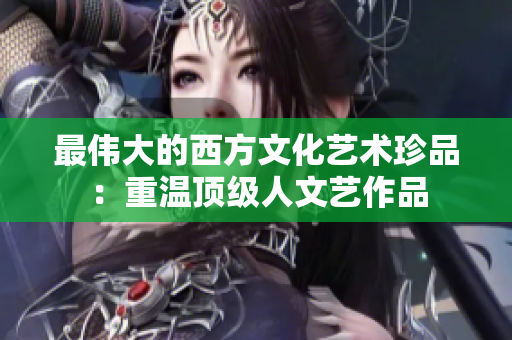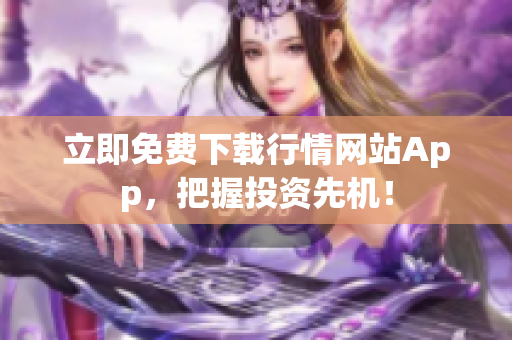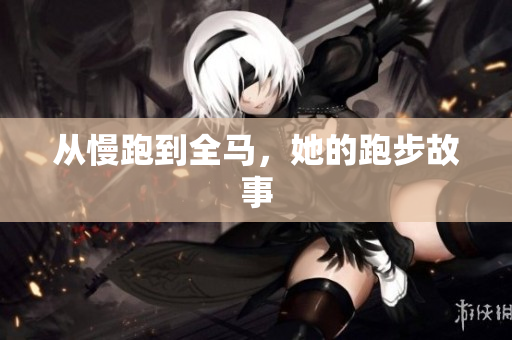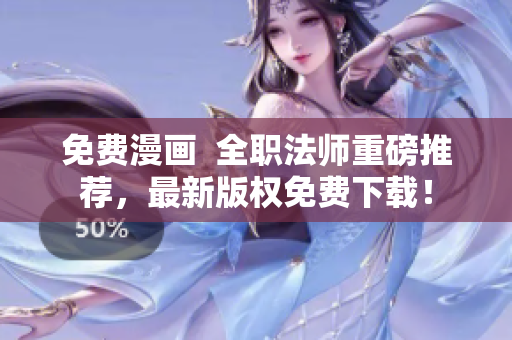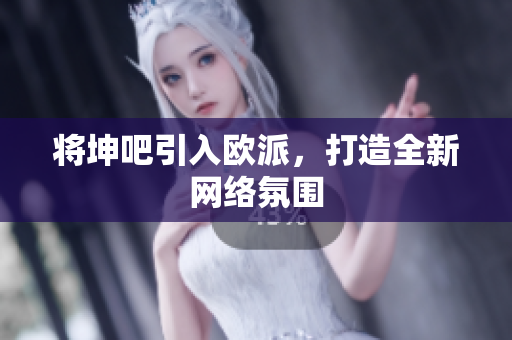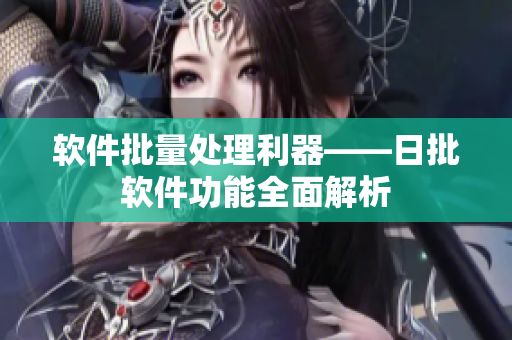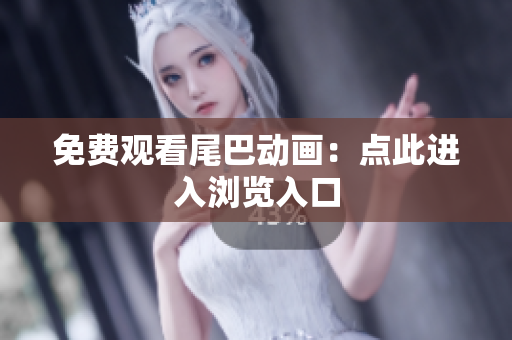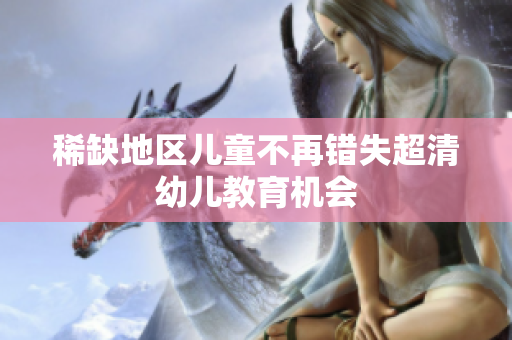Introduction
Western civilization has produced some of the most timeless works of art and literature. From Shakespearean plays to Van Gogh's paintings, these cultural treasures continue to inspire and captivate audiences all over the world. However, in today's fast-paced society, new technologies such as 5G networks have emerged, bringing with them new challenges and opportunities. In this article, we will explore the intersection between Western art and 5G technology, while also addressing some pressing issues in education and society.
Western Art in the Age of 5G
As the world transitions to 5G networks, we can expect a transformation in the way art and literature are produced and consumed. With faster internet speeds and better connectivity, we can expect more interactive and immersive experiences for audiences. For example, virtual reality technologies can enhance the viewing experience of classical paintings and sculptures, allowing us to explore them in greater detail than ever before.
In addition, 5G networks can also facilitate the creation of new forms of art. With the ability to transmit large amounts of data quickly, artists can collaborate remotely and create multimedia pieces that integrate different forms of art such as music, film, and gaming. This opens up new avenues for artists to experiment and create works that transcend traditional boundaries.
Education in the Digital Age
While 5G technology can bring exciting new opportunities, it also presents significant challenges for our education system. With the pandemic forcing many schools to adopt virtual learning, there is a growing concern about the long-term effects of screen time on students' mental and physical well-being.
Thus, it is crucial to strike a balance between embracing new technologies and prioritizing the basics of education. We should continue to promote reading, writing, and critical thinking skills, while also incorporating new technologies that enhance learning experiences. For example, virtual field trips can supplement traditional in-person excursions, allowing students to explore different cultures and historical sites from the comfort of their own classrooms.
The Ethics of Gaming
Gaming has become a ubiquitous part of modern culture, attracting millions of players worldwide. However, the rise of in-game purchases and microtransactions has raised concerns about ethical issues such as addiction and financial exploitation.
We should advocate for responsible gaming practices that promote fair play and protect vulnerable populations such as children and those struggling with gambling addiction. This can be achieved through measures such as limiting in-game purchases and providing resources for those in need of support.
The Scarce Resources in Southeast Asian Preschools
Finally, let us turn our attention to an issue that deserves more recognition: the scarcity of resources in Southeast Asian preschools. As many families struggle to make ends meet, preschool education is often seen as a luxury rather than a necessity.
Thus, we must prioritize early childhood education and work to ensure that all children have access to quality preschool programs. This can be achieved through increasing government funding for these programs and providing resources for families in need.
Conclusion
In conclusion, the convergence of Western art and 5G technology provides exciting new opportunities for creativity and innovation. However, it is essential to approach these developments with caution and consideration for the ethical and societal implications. By prioritizing education and equity, we can ensure that these new technologies serve to improve rather than harm our communities.

